Finding the best Cloud Management Platform
The concept of a ‘Cloud Management Platform’, often abbreviated as CMP, has not yet been standardized, although the CMP market has been in existence for over a dozen years now. It has increasingly gained attention over the past 3 to 4 years, reflecting the rapid growth of overall cloud adoption. There are now many CMP providers, each with different specializations and approaches to multi-cloud management.
> Right away to the Cloud Management Platforms comparison page
So what is a CMP?
A CMP can and will mean different things to different people. At the most fundamental level, a CMP serves as a common interface across multiple providers and technology stacks. Beyond this basic functionality, CMPs have a variety of capabilities that depend on the intended users.
Who uses CMPs
Perhaps the best way to define a CMP is by looking at how it is used.
DevOps Teams:
The idea of infrastructure-as-code is very appealing to developers. Rather than submitting requests to a service desk and waiting … and waiting … cloud APIs enable them to provision infrastructure at the same time they deploy their applications. But having to work with a wide range of APIs from many providers – both on-premises and in public clouds – can be daunting. With a CMP’s API framework developers get a consistent and homogeneous experience when provisioning services and interacting with a variety of clouds. In this scenario, a CMP acts as a sort of Rosetta Stone for translating cloud requests.
Enterprises:
CMPs designed for enterprises are used to provision, orchestrate, and track IT resources. These can include a variety of cloud technologies and service providers, both on premises and in public clouds.
Enterprise CMPs include capabilities to centralize and automate many common IT tasks including:
- Provisioning
- Governance
- Orchestration and workflow
- Expense tracking and management
- Logging and monitoring
- Security and compliance
Enterprise CMPs are typically structured for organizational hierarchy levels ranging from parent company, to department, to workgroup, and to individual. As such, the CMP may be implemented as a single-tenant system with a variety of sub-organizations. Administrators are typically members of a central IT team. They create approved configurations, which they present through the CMP’s user interface for consumption by the end-user. Alternatively, the CMP may be integrated with a service desk application which acts as a front-end for processing incoming requests. Reporting can range from simple usage summaries to detailed dashboards covering current consumption, capacity, and cost information as well as trends and future forecasts.
Managed services providers (MSPs):
CMPs intended for MSPs are designed to be multi-tenant, with strict data segregation for each customer. Like enterprise CMPs they present available services through a service catalog and/or API. Because MSPs are reselling services, customer reporting and detailed billing are a primary requirement. These CMPs also provide capabilities for tracking actual service costs and for adding service provider margins. The MSP will likely want to customize and rebrand the user interface, so CMPs focused on this market segment often include whitelabelling capabilities. While security is a focus of all CMPs, in multi-tenant environments it becomes of paramount importance. Under no circumstances should information – access logs, personally identifiable information, or other sensitive data – from one user be exposed to another. In addition, CMP administrators may be restricted from accessing all or certain types of customer data.
How to Evaluate CMPs
The WhatMatrix Cloud Management Platform (CMP) comparison started out just over 3 years ago with five vendors. Our most recent comparison includes eleven. This reflects both the pace of enterprise acceptance of cloud and their need for tools to orchestrate workloads in multiple places. While choice is good, it isn’t clear how many products the market will support long-term. In addition to features and functionality, it’s important to assess candidate vendors’ stability and product investment.
> Right away to the Cloud Management Platform comparison page.
Use Cases are critical
“Best” depends on use case. The general purpose nature of CMPs make them the Swiss army knife of IT tools – useful in a variety of ways, but better at some things than others. For this reason, the ‘best’ CMP varies depending on user requirements. When comparing products, be sure to focus on your specific needs, both now and in the future. Also, consider the product’s origins to understand what challenge it was initially built to solve. Mix of standalone and integrated solutions. Our lineup includes dedicated CMP vendors and larger companies for whom CMP is one of many products. The former is squarely focused on the multi-cloud market but may have fewer resources for product development; the latter tend to be more stable but may not place a high priority on their CMP offering. Look at feature additions over time as well as future roadmap, and select a product that will evolve as your needs change.
Both, our online comparisons and our annual Landscape Analysis Reports assess current market participants and offerings in various areas. These areas reflect typical IT challenges that lead organizations to consider CMPs and include:
- Multi-Cloud Support
The ability to manage a variety of clouds and technologies, from virtualization and private cloud to public cloud service providers • IT Automation. Features that allow IT processes to be partially or completely automated • User Self-Service. Enablement of end-users to provision systems, environments, and/or application stacks themselves in near real-time based on templates set up and managed by CMP administrators
- Chargeback/Cost Transparency
Increased visibility into what systems cost, how those cost can be actively managed, and how to charge for usage
- Governance
Discovery, management, and reporting of resources and performance against defined standards
- Security
Capabilities to ensure compliance and to safeguard information and operations
- DevOps.
Features that provide programmatic automation, template creation, systems management, code deployment, and collaboration
Future Outlook
Cloud computing is fundamentally transforming information technology and is, in turn, transforming as it matures. What started as an extension of virtualization with a primary focus on infrastructure now spans many services and technologies including security, databases, analytics, containers, developer tools, and more. To be successful, CMP vendors need to keep pace with this evolution to stay relevant.
Specialists and Brokers
Public cloud platforms are maturing, providing more and more capabilities natively. Increased specialization is likely for some while others are likely to provide brokerage capabilities of those platforms.
Cloud management platforms strive to work across many vendors and technologies. But being a general-purpose integration platform often means being wide rather than deep. The value of simple compute, storage, and networking provisioning on multiple clouds is limited. As CMP vendors work to differentiate themselves, some will need to provide deeper integration with specific clouds. In short, some will choose sides.
Growing importance of containers
Container technology and use is maturing rapidly. Containers enable greater automation and DevOps “infrastructure as code” capabilities. For this reason, we expect vendors to substantially increase their container provisioning and orchestration @marccapabilities.
Multi-Cloud is the new black
Every large vendor (that does not own a leading public cloud platform) will probably tell you that “multi-cloud” is the future. Maybe to avoid vendor lock-in, maybe to “optimize” your workload by cloud. The potential value is clear, the reality of realizing the benefits currently less so (given its complexity). But there should be no doubt that evolved CMPs will play a critical role in the success or failure of these approaches.
Don’t blink!
As you see, CMPs are evolving quickly with the surrounding cloud ecosystem. New trends and use cases emerge that will transition the nature of CMPs over the next years. It is important to stay close to these trends in order to pick the right platform for the future. Our community generated “always-up-to-date” online comparisons or annual reports will help you do that!
Compare multtple Cloud Management Platforms here: https://www.whatmatrix.com/comparison/Cloud-Management-Platforms




